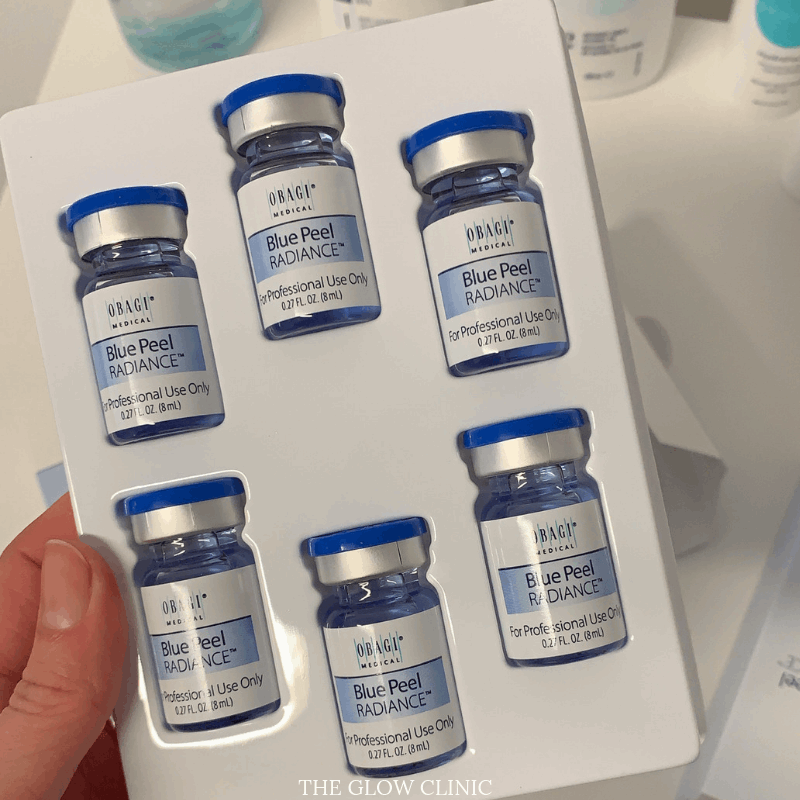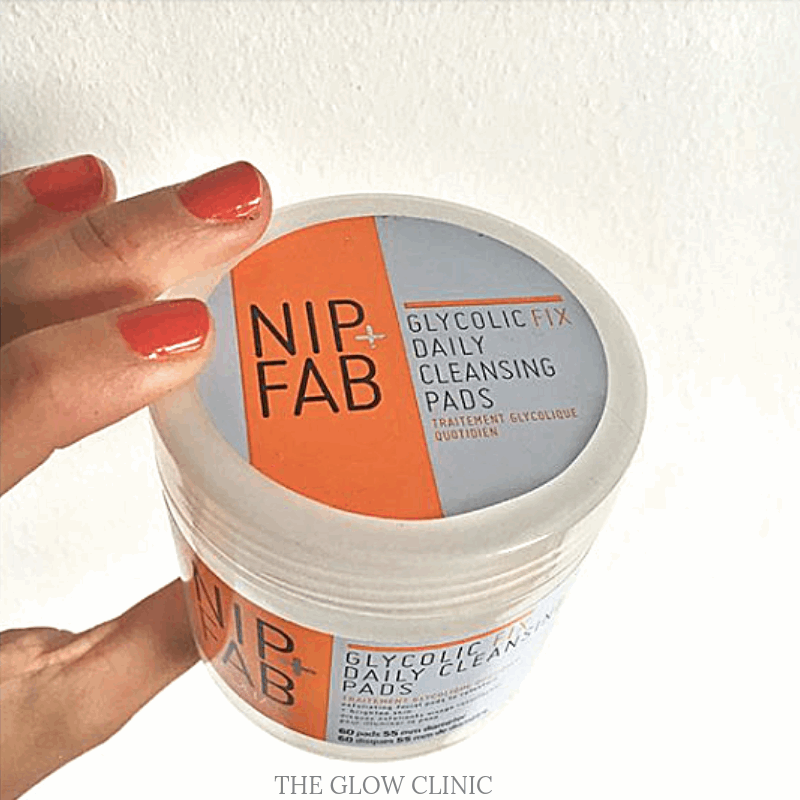
Acids, chemical peels and glowing skin
Chemical peels come in many different strengths, and acids (both AHA and BHA) are becoming frequent ingredients in many a skincare routine. What is the difference, who should (or should not) be using them, and why in the name of all that is good would you want to put acids on your face, or any other part of your body? I have had a number of questions over the past week, and have put together a blog post to try and clear up the confusion.
Samantha from Sex and the City has a lot to answer for when it comes to chemical peels. And yes, this is something that could potentially happen to you, if you were exceptionally unlucky and perhaps ignored any pre- or post-peel instructions given, after a medium to deep depth peel. The good news is that you are unlikely to 1) encounter a peel like that by accident, and 2) be quite so silly as to ignore everything your doctor, aesthetic practitioner or aesthetician advises you, unless you are some sort of masochist.

A chemical peel is an exfoliating treatment, but it is in liquid form, rather than a scrub. This means it doesn’t contain harsh, abrasive beads or fragments (throw that St Ives Apricot Scrub in the bin now…or maybe use it to scrub the dead skin off your feet). A peel will contain a single acid, or sometimes a combination. These acids include the familiar ones like glycolic or salicylic, and lesser well known names such as malic acid, TCA, lactic acid and resorcinol. Certain ingredients can be mixed together to improve efficacy, and areas can be patch treated with different elements to ensure you have a customised peel, tailored to your skin needs in certain cases. Superficial peels are excellent for removing dead skin cells and giving the skin a glow. Glycolic acid can be useful in hydrating the skin, and salicylic acid is excellent for confessed or acne prone skin as it can penetrate the pores and unblock them.
In a clinic or salon, the peel is applied for a certain length of time, or in a certain number of layers, depending on the ingredients used. The upper layer of dead skin cells may not actually start to flake off for a couple of days after your treatment, and in some instances you may not flake at all. Different skin types react differently, and of course the variety of acids used and depth of treatment will also have an impact. Even the time of year can be influential – I personally find I will flake much more easily if I’m working in air con over the following few days, or exposed to a lot of central heating (or the heater in the car – that can be a killer) or dry, cold weather.
Home care products often contain similar ingredients, but at a much lower dose – which means they are pretty safe for regular use, and you are far less likely to have any issues like flaking or dryness. Glycolic acid is very common in many skin care routines, and can be excellent for keeping you skin soft, hydrated and fresh. Even with these lower levels, overuse can cause excessive exfoliation and a breakdown in the skin natural barrier (pH barrier malfunction – an exceptionally common cause of a myriad of skin problems, I see it on a daily basis in clinic!).

As we age our skin cells become a bit lazier (I know, like everything else), and gentle, regular exfoliation can help our skin function better and absorb any expensive serums or moisturisers we apply to them. Liquid exfoliation is almost always a necessary step in a good preventative and antiageing regime, whatever your skin type. It is essential (and I’m not sure I can emphasise this enough), essential that your products and routine suit your skin – otherwise you can be creating problems instead of solving them, no matter how much time, effort and money you throw at the problem. As always, please send a mail or a DM if you have any questions and I will do my best to set you on the right track.

